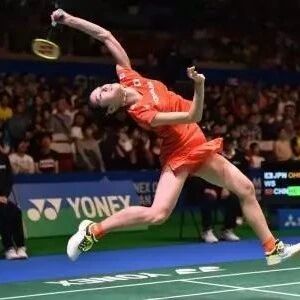Analyzing Badminton Singles Tactics: Essential Strategies Every Amateur Should Master First...
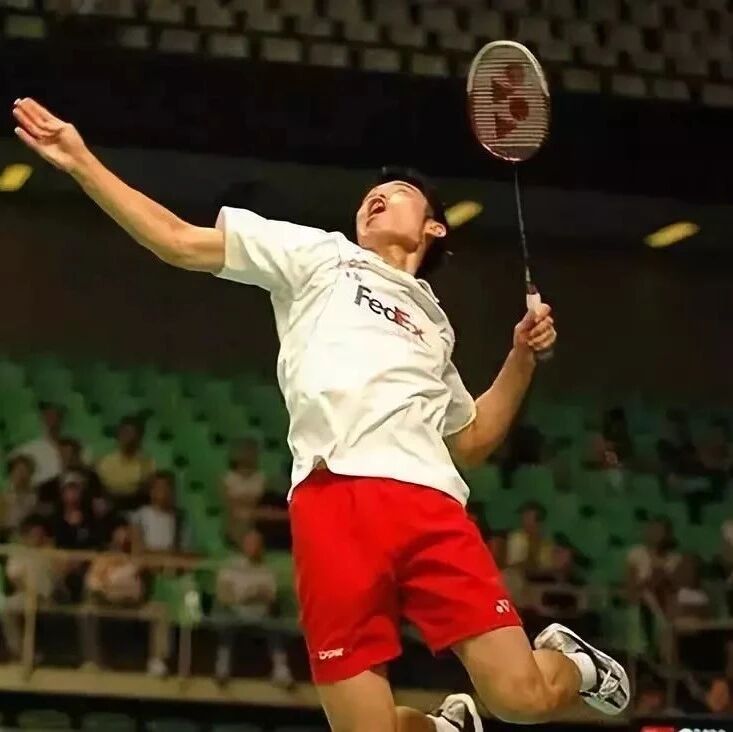
Once beginners have mastered the basic techniques, they should start learning about badminton playing styles and simple tactics, identify strategies that suit their own strengths, and familiarize themselves with key tactical principles applicable during matches.

For badminton beginners, this is a fundamental technique that must be mastered. It involves using high shots to push your opponent back to the backcourt baseline, forcing them to return the shuttle poorly, at which point you can deliver powerful smashes or drop shots into the open net area. This style of play relies heavily on power to outmaneuver your opponent—essentially testing who has superior skills in executing high, drop, and smash techniques from the backcourt. To effectively employ this strategy, you first need to ensure your own high shots consistently reach the opponent’s baseline, while also developing the ability to hold your ground and compete aggressively in the backcourt.

Attacking the four corners involves targeting the opponent's four field corners with quick, precise shots that force them to move rapidly—forward, backward, left, and right—disrupting their formation. The goal is to catch them off guard, either before they can return to the center or when their returns are already off-target. This playing style demands athletes to possess swift, agile footwork, solid defensive skills, impeccable control over shot placement, and the ability to deliver powerful, decisive attacks.
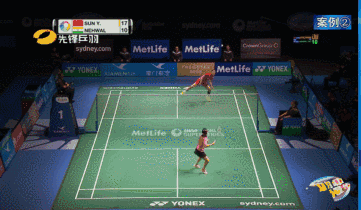

This is one of the most commonly used aggressive, proactive playing styles characterized by quick, offensive flat high shots that push opponents back to the two back corners of the court. From there, players launch sudden drop shots or powerful smashes to lure opponents toward the net, then swiftly move forward to dominate the net play. By combining delicate net-play techniques—like soft drops—with precise pushes to the backcourt, players create difficulties for their opponents' returns, ultimately setting up opportunities for powerful mid-to-backcourt smashes. This style demands athletes to possess well-rounded skills, excelling both offensively and defensively, with fast, agile footwork and fluid hand movements—and, above all, refined control at the net. Players typically adopt this approach after they’ve mastered a comprehensive set of technical skills.
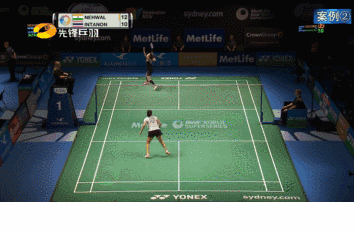

This playing style is characterized by offensive techniques in the backcourt—such as smashes, drives, or drop shots—that are used to quickly move forward and execute delicate net play like soft chops or pushes, creating seamless transitions between backcourt and forecourt attacks and significantly boosting the overall power of the offense.
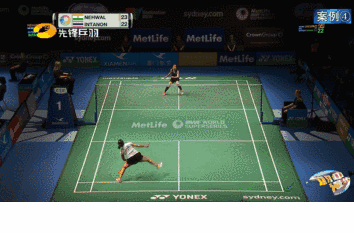

This playing style is designed around the athletes' physical traits—being shorter but more agile. It focuses primarily on defense, combined with counterattacks like smashes and drop shots, reflecting a strategic approach aimed at forcing opponents into more errors while minimizing your own mistakes. But how do you make the opponent rack up more errors? The key lies in your ability to expertly control the placement and trajectory of your shots, constantly shifting their position as they rush into awkward, rushed attacks—or even luring them into making costly, hasty decisions. This, in turn, creates opportunities for you to launch your own counteroffensives. And how can you ensure that you make fewer mistakes yourself? It all comes down to having quick, nimble footwork that allows you to reach every corner of the court, saving even the toughest incoming balls and neutralizing your opponent’s powerful attacks. At the same time, you must stay alert, seizing every favorable moment to strike decisively and capitalize on openings before they slip away.

This tactic is characterized by repeatedly hitting flat, high shots into the same area of the opponent's backcourt—often several times in succession—to either wear them down completely or force them to hit a half-court, high shot, setting up your team for the decisive final attack. This strategy works particularly well against opponents who struggle with quick net approaches, have poor baseline control, or lack effective lateral footwork.
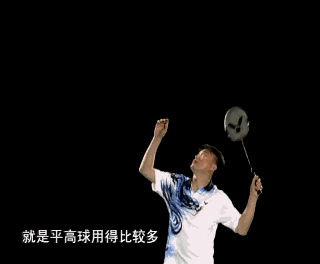

Use flat or lob shots to continuously attack both sides of the court, driving deep toward the baseline, in order to gain the upper hand—or force your opponent into a defensive position—thus setting up the perfect opportunity for your final, decisive shot. To execute this tactic effectively, the player must maintain excellent control over the pace of their high shots, ensure pinpoint accuracy, and deliver consistent, smooth movements. This strategy is particularly effective against opponents who are quick to move back to the net but lack strong baseline-hitting capabilities.
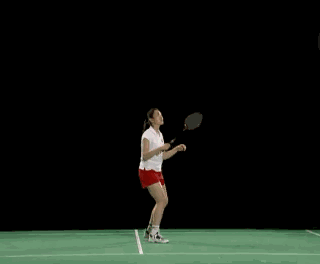

Repeatedly executing either two-sided or one-sided drops aims to gain the initiative for an attacking play. This tactic works particularly well when your team has strong drop-shot skills and can master deceptive drop shots, especially against opponents with poor net play or those who fail to reach deep balls effectively, causing them to hastily retreat and defend against your powerful smashes.
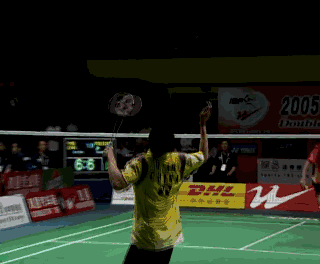

The so-called "slow drop shot" (or "soft drop") refers to a shot where the ball is lobbed slowly from the backcourt toward the net, with a high arc and landing point positioned close to the net. This technique, often combined with a high lob, is used strategically to stretch out the opponent's positioning—sometimes even allowing for an immediate point.
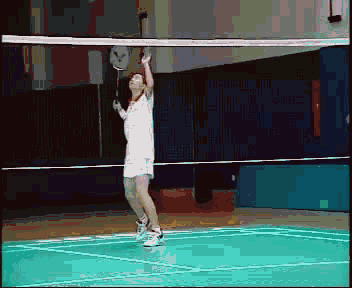
The so-called "quick drop shot" (or "smash-drop") refers to a shuttle being lifted from the backcourt toward the net at a rapid pace, with the ball traveling nearly in a straight line and landing relatively far from the net. This tactic is typically employed precisely when the opponent’s positioning has been stretched wide, leaving their center of gravity momentarily unbalanced.

When facing an opponent who frequently pulls back to the backcourt after defending, you can employ a repeat-smash offensive strategy. To execute this tactic effectively, first identify your opponent’s tendency, then start with soft or short smashes. At this point, don’t rush forward to the net—instead, carefully adjust your positioning to create the ideal setup for launching repeated smashes.
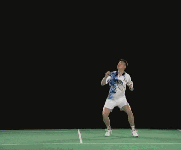

The tactic combining long kills with short ones (such as drop shots and chop shots) can be summarized as "long kills in a straight line, short kills diagonally." Compared to the reverse approach—short kills in a straight line paired with long diagonal kills—it proves more effective. This is because when opponents attempt to return "long kills combined with short diagonal shots," they’re forced to cover a significantly greater distance, making defense much more challenging.
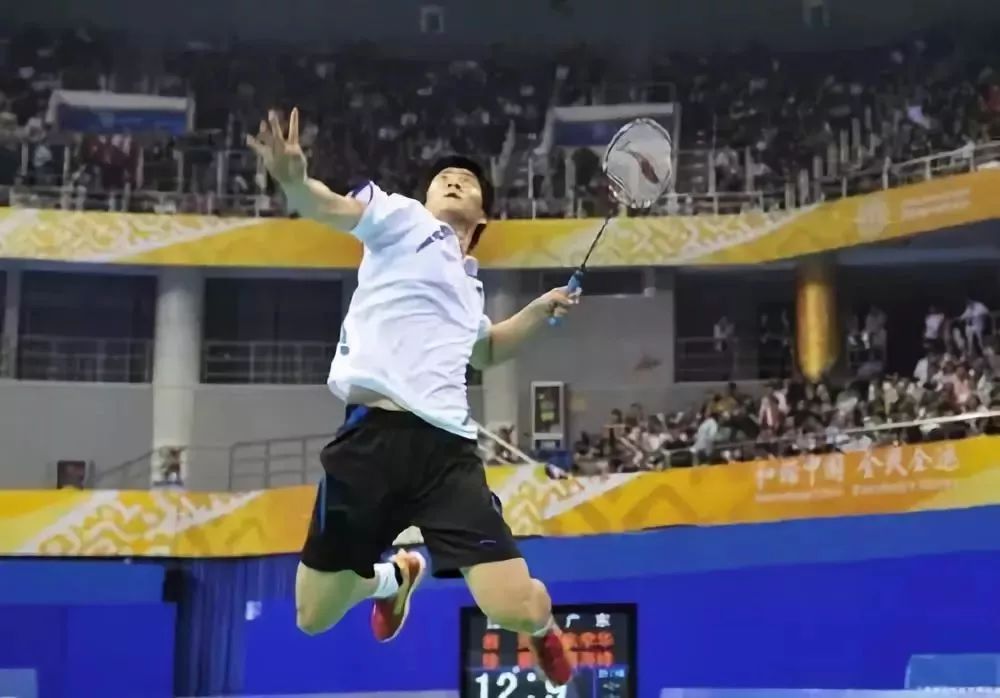

The tactic can be summarized as a heavy smash in the midcourt followed by a light smash in the backcourt. When our team creates an opportunity for a midcourt shot through drop shots and lifts, we should opt for the heavy-smash strategy. Conversely, if the shuttlecock is already in the backcourt and we still want to finish with a smash, a lighter, more controlled smash is typically the better choice.
Because a heavy smash in the midcourt, even if it causes you to lose your center of balance, won’t necessarily lead to an uncontrollable situation at the net. However, if you execute a heavy smash from the backcourt and happen to lose your balance, your slower approach to the net could leave you unable to control the front court effectively. In contrast, a light smash allows you to maintain a more stable center of gravity, giving you better positioning for smoothly transitioning into net play.
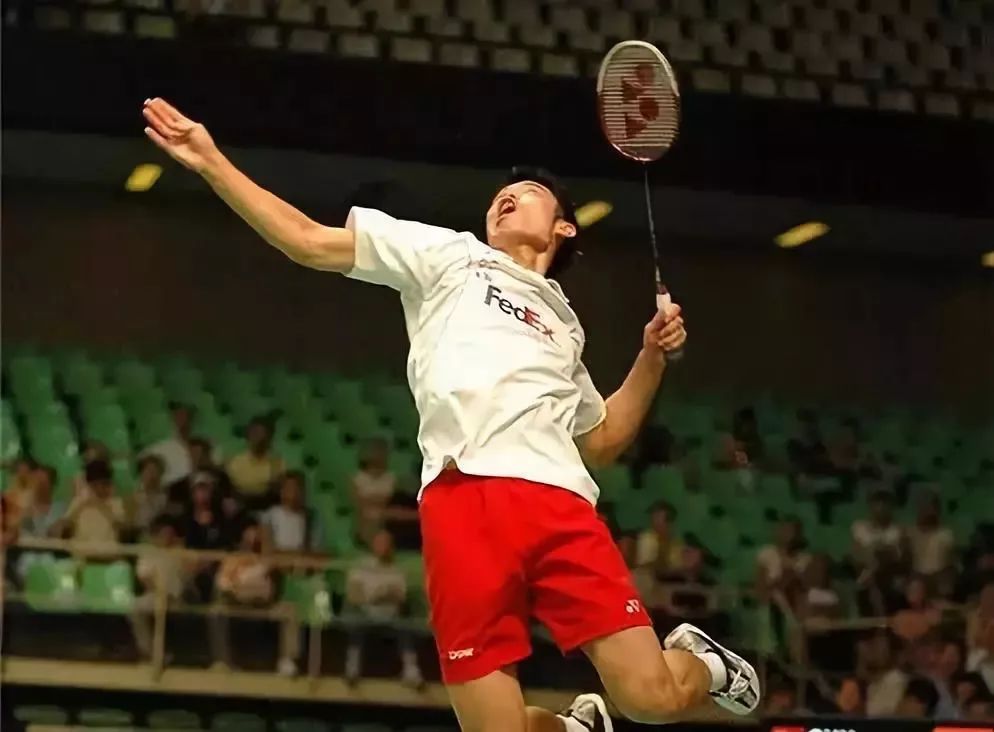

When you encounter an opponent who habitually steps back quickly after hitting a net shot, you can employ a repeat-rubbing strategy to seize the initiative and disrupt their intent to retreat into an offensive position.
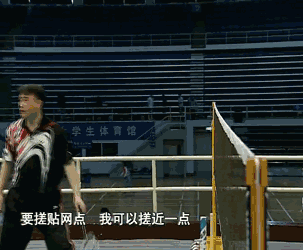

When our opponent quickly moves back to the center after blocking a ball from the backcourt, we can employ a repeat-push strategy. In particular, a backhand net push straight down the line poses an even greater threat.
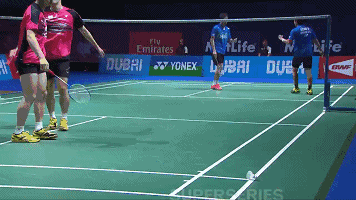

Our team lobs a cross-court net shot from the front of the court. When the opponent responds with a straight-line net drop and retreats forward in an attempt to attack, we can immediately lob another cross-court ball. This tactic proves especially effective against opponents who struggle with their footwork and body rotation.

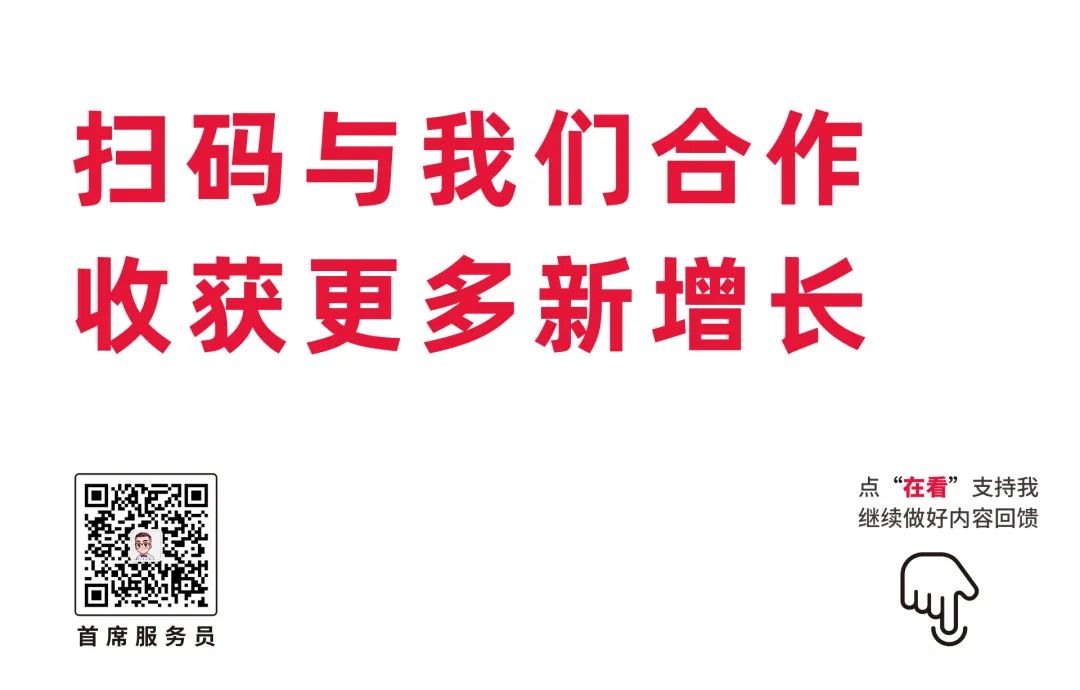
Related Articles
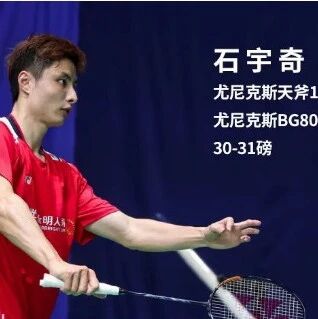
What rackets do the Chinese badminton players use, and how much tension do they set it to? Surprisingly, he’s using the stiffest racket of all!
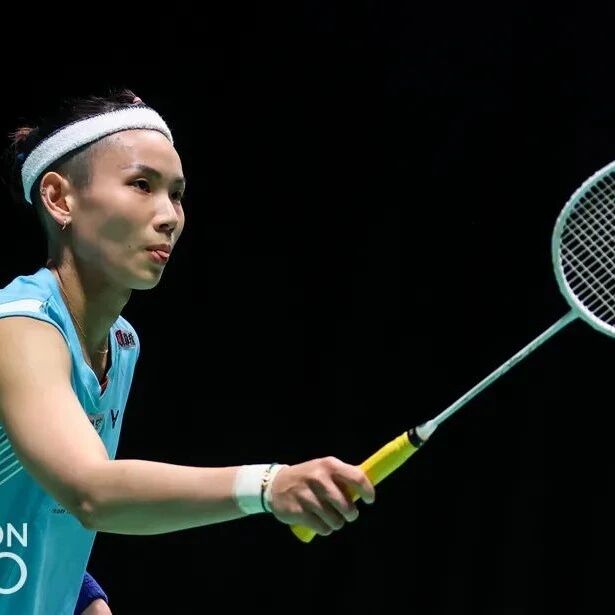
Mistaking the very first step in playing badminton? Check now to see if you're falling into racket-gripping pitfalls.
